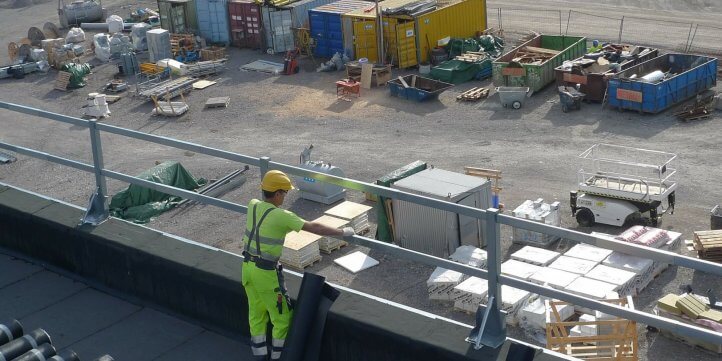What Are Employers Responsibilities Towards Employee Safety

No matter what environment a business operates in, it is the responsibility of the employer to ensure the ongoing safety of employees within the workplace. This is true for all settings, including offices, although there are typically more potential risks to take into account in sectors such as construction, manufacturing, catering and warehousing, for example. So what do employers within these industries need to consider in order to meet their legal obligations and protect their employees from risk?
Risk Assessment
As an employer, it is a requirement to carry out a full risk assessment to determine what hazards pose the greatest and most likely risks within the work setting. These hazards should be looked at specifically in terms of the environment. For example, while there may be a risk of burns, it is important to determine whether this risk is likely to occur through heat and fire, or through the use of the chemicals. When assessing risk, be sure to think about the eyes, head, body, hands and arms, feet and legs and breathing.
Personal Protective Equipment
It is the employer’s responsibility to provide, free of charge, necessary personal protective equipment (PPE) needed to reduce risk. This could be in the form of hard hats or helmets, eye protection, arc flash clothing, high visibility garments, protective footwear, gloves, or safety harnesses.
Any PPE that is provided must be CE marked, which confirms that the items are manufactured in line with the personal protective equipment regulations 2002. All maintenance and upkeep of PPE is also the responsibility of the employer.
Preventative Measures
While the provision of appropriate workwear is a legal requirement, it is also a legal requirement for employers to take preventative measures to reduce workplace risk independent of personal protective equipment. PPE should, according to the Health & Safety Executive, be used only as a ‘last resort’, with employers having an obligation to reduce risk through alternative means. PPE is designed to act as a second layer of defence, providing protection to employees should first line defence mechanisms begin to fail.
Training
All employers have an obligation to ensure that their employees are aware of the type of personal protective equipment that should be worn for each task, within each work environment, that they understand how to use the equipment and that they know what measures are in place to reduce risk. Training can be conducted on-site, or via a training company. Training should not be limited only to wearers of PPE, but should be extended to managers and supervisors even if PPE is not required by these employees.
Review
Employers should regularly review their safety and security policies as well as fully investigating any incidents that may occur. It is important to look for areas where there have been notable failures, such as a lack of commitment to wearing suitable PPE at all times. Employers have a responsibility to search for appropriate solutions to these concerns, such as placing signage in high traffic areas to boost awareness of the importance of PPE. Safety policies should be updated as and when the need arises.
If you need help determining the appropriate PPE or workwear for your team, contact us now.





